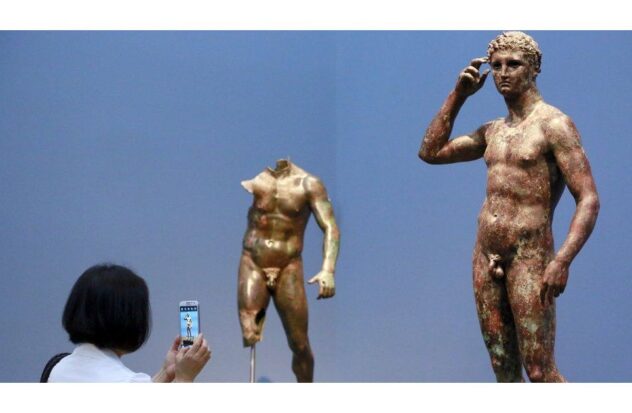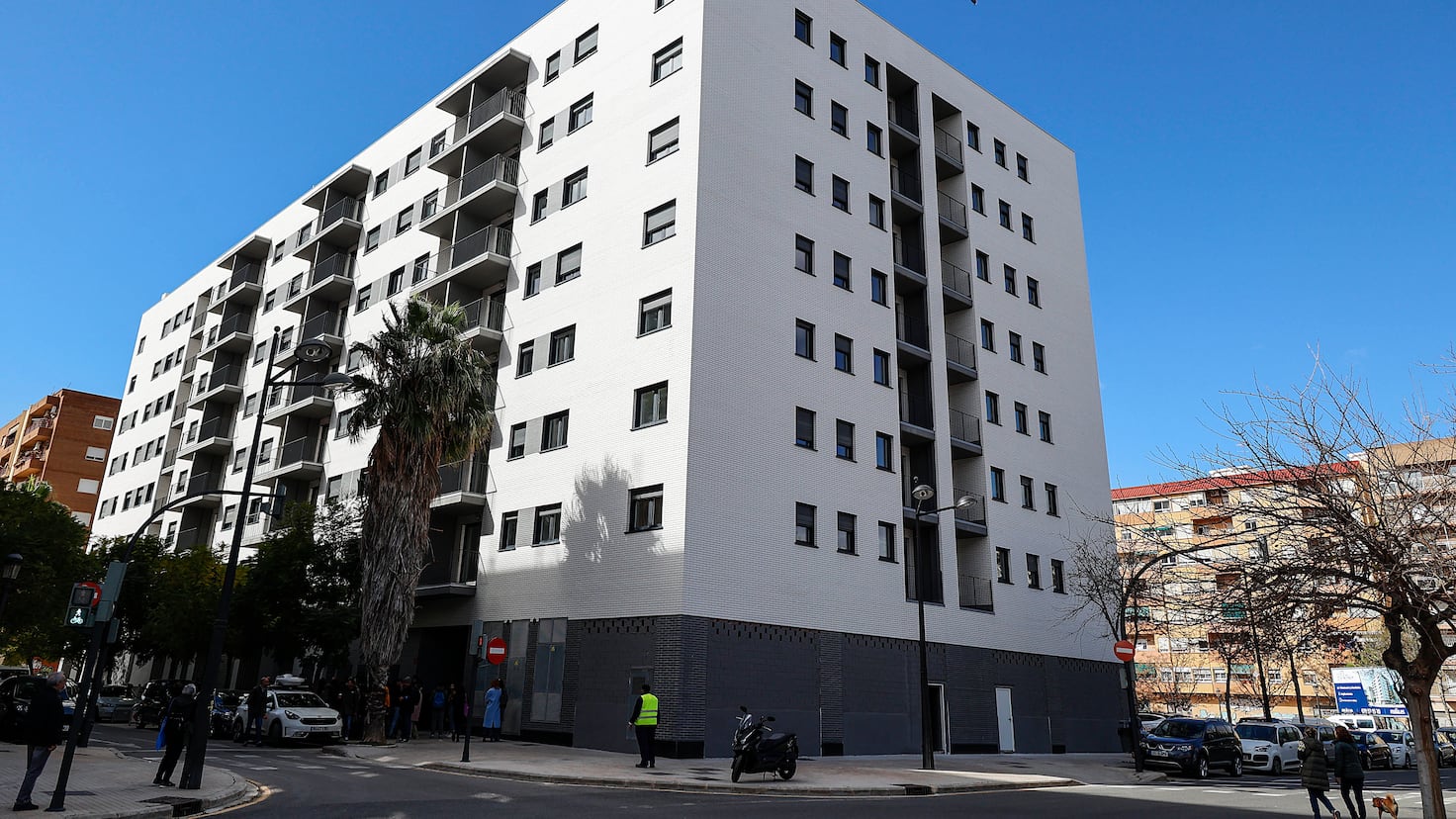ROMA.- A cut European Union backed on Thursday the right to Italia to confiscate a valuable Greek sculpture from Museo J. Paul Getty de Californiarejecting the museum’s appeal and concluding that Italy has the right to try to claim an important piece of its cultural heritage.
The European Court of Human Rights concluded that efforts begun years ago by Italy to recover the sculpture Victorious youth They were not disproportionate.
The Getty had appealed a ruling by the Italian high court in 2018 that upheld the order to confiscate the piece issued by a lower court.
Victorious youtha life-size bronze sculpture made between 300 BC and 100 BC, is one of the most notable pieces in the Getty collection.
Claim
An Italian court in Pesaro ordered it confiscated and returned in 2010, at the height of Italy’s campaign to recover antiquities looted from its territory and sold to museums and private collections around the world.
The Getty has long defended its rights to the statue and says Italy has no authority over it.
Among other things, the museum alleges that the sculpture is of Greek origin, was found in international waters and has never been part of Italian cultural heritage. He has cited a ruling by the Court of Cassation in 1968 that found no evidence that the statue belonged to Italy.
The piece, taken from the sea in 1964 by Italian fishermen, was acquired by Getty in 1977 for four million dollars and has been on display in the museum since then.
Following Thursday’s decision by one of the chambers of the European court, based in Strasbourg, France, the two parties have three months to request that the case be heard in the Grand Chamber of the court to obtain a final ruling.
Museum response
Getty had no immediate comment on the ruling, and its attorneys referred questions to the museum.
The center had appealed to the European court, arguing, among other things, that the 2010 Italian seizure order violated its right to enjoy its possessions and that it would be deprived of that right if the US authorities carry out the order.
However, the court ruled in favor of Italy and strongly supported Italy’s right to seek protection of its cultural heritage, especially in the face of illegal export.
“The court could add that due, in particular, to the negligence or bad faith of the Getty Trust in acquiring the statue despite being aware of the Italian state’s claims and its efforts to recover it, the seizure order was proportionate to the objective of guarantee the return of an object that was part of the Italian cultural heritage,” the ruling summary indicated.
The sculpture, nicknamed “the Getty bronze”, is an emblematic piece of the museum. The sculpture, about 1.5 meters (5 feet) high, depicts a young athlete raising his right hand toward a laurel wreath on his head, and is one of the few life-size Greek bronze sculptures that has survived to date. our days
History of sculpture
Although the artist is unknown, some experts believe it was the work of Lysippus, Alexander the Great’s personal sculptor.
It is believed that the piece sank with the ship that was taking it to Italy after the Romans conquered Greece. After being found in the nets of Italian trawlers in international waters in 1964, she was allegedly buried in a cabbage patch in Italy and hidden in a priest’s bathtub before being taken out of Italy.
The Italian government says it was taken to Italy and then illegally exported, and it is that illegal export that is the basis for its seizure order.
Italy has managed to recover thousands of objects from museums, collections and private owners around the world that it claims were looted or stolen from the country illegally, and recently opened a museum to house the pieces until they can be returned to the regions from which they were recovered. they were looted.
The most important work so far that Italy has managed to recover is the Euphronius Crater, one of the most outstanding ancient Greek amphorae that is preserved. The Metropolitan Museum of Art in New York, which acquired it for $1 million in 1972 from an art dealer later accused of buying looted pieces, returned to Italy in 2008.
In 2007, the Getty agreed without acknowledging any wrongdoing to return 40 pieces in exchange for the long-term loan of other objects. Similar agreements have been reached with other museums.
Under the 2007 agreement, the two sides agreed to postpone further talks on “Victorious Youth” until the case was decided in court.
FUENTE: AP


